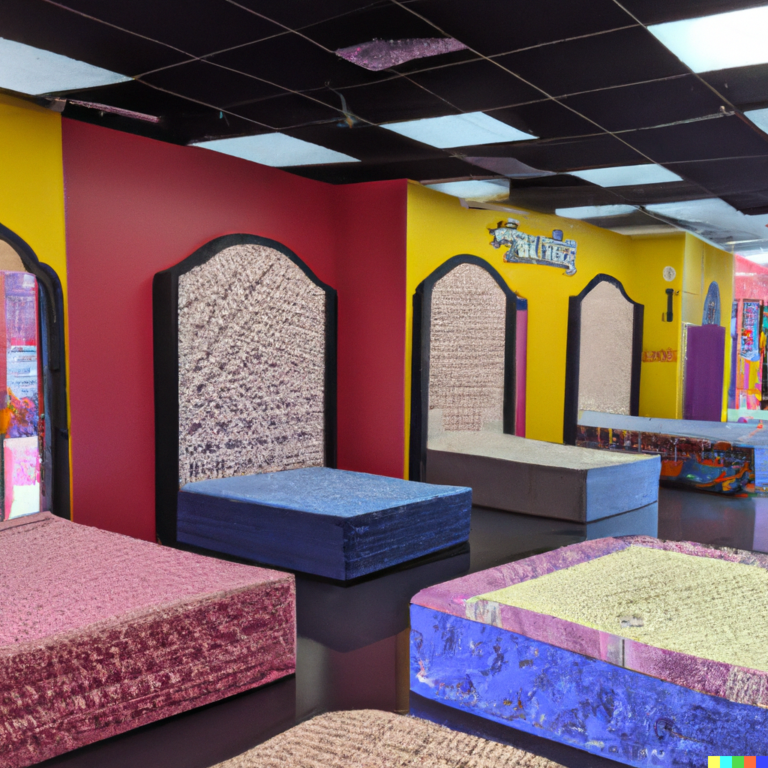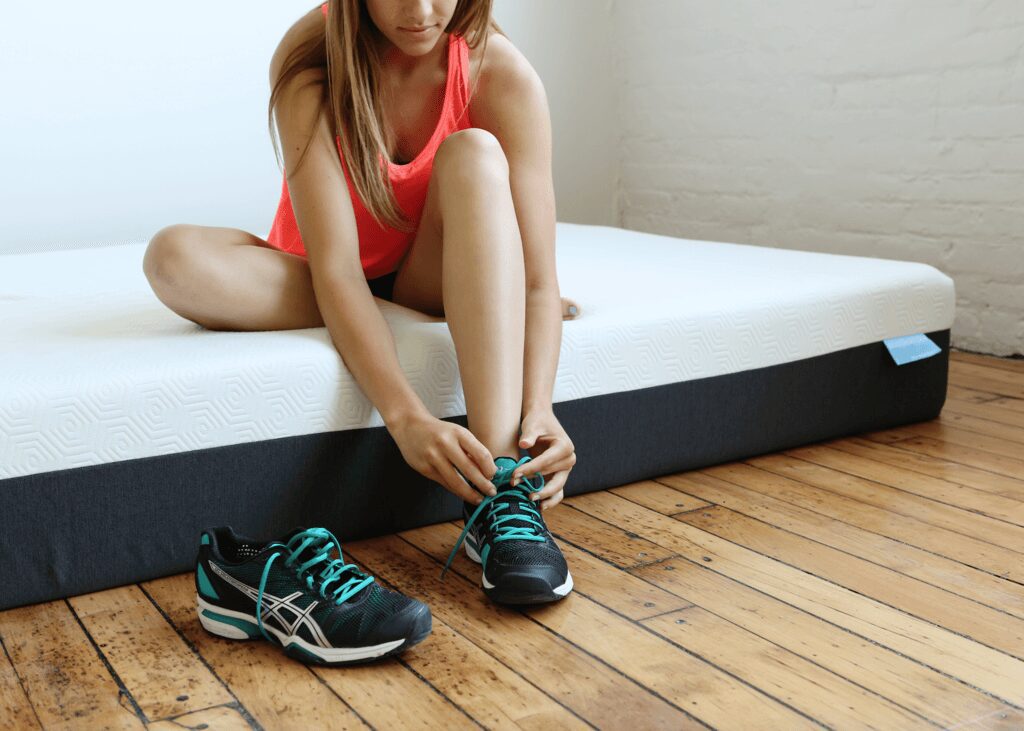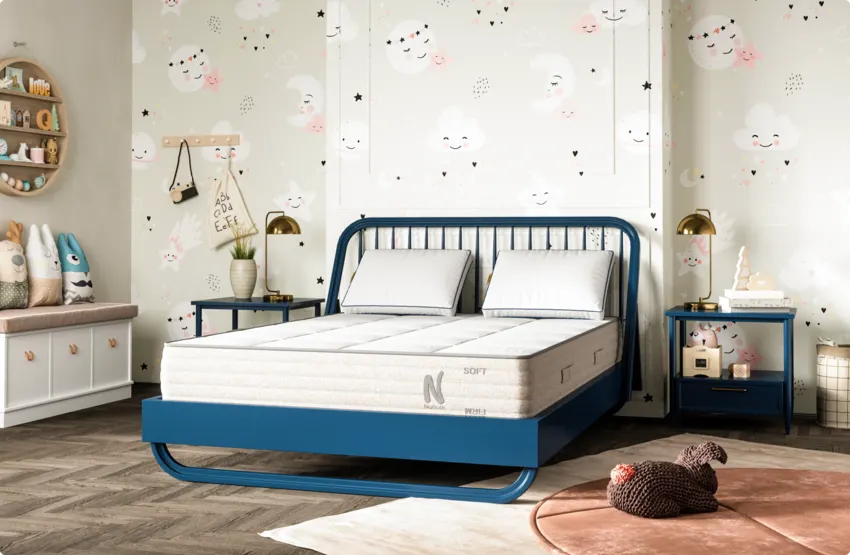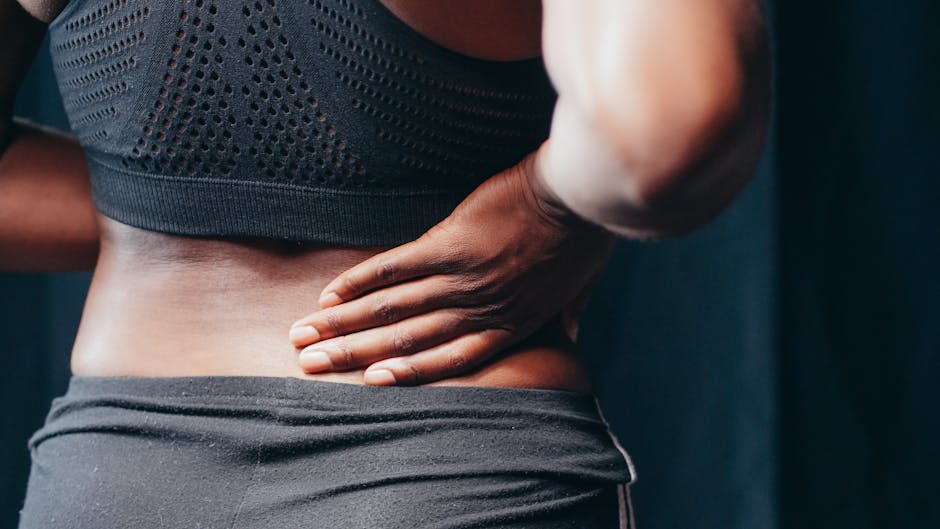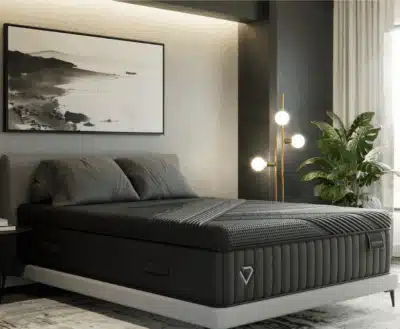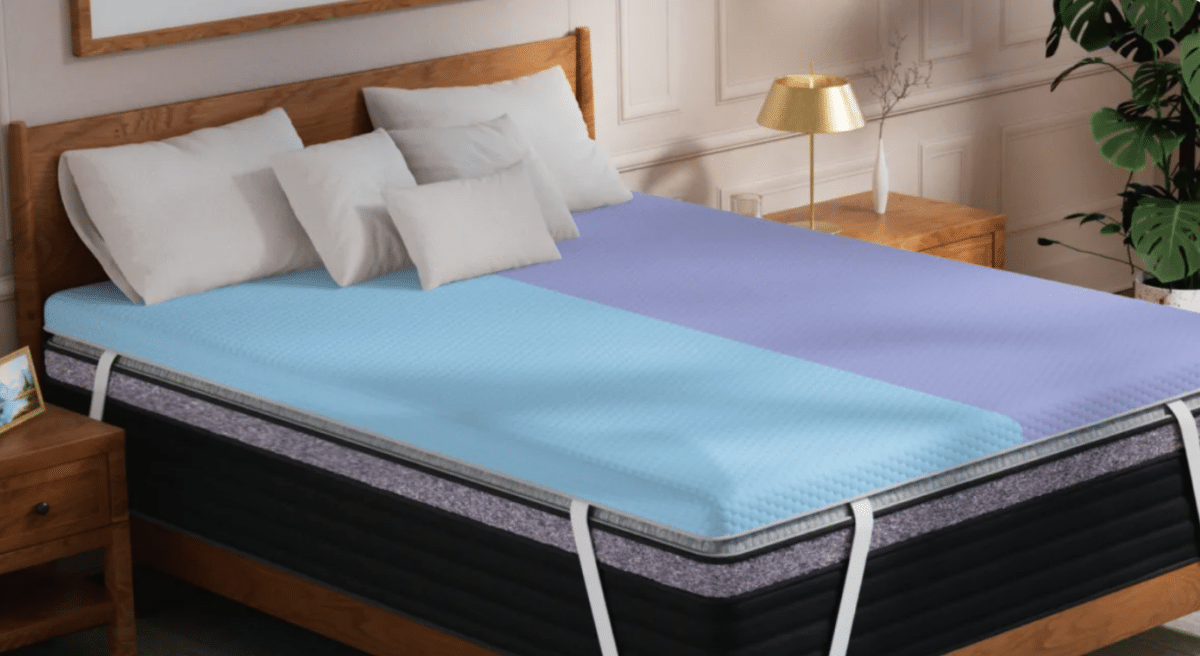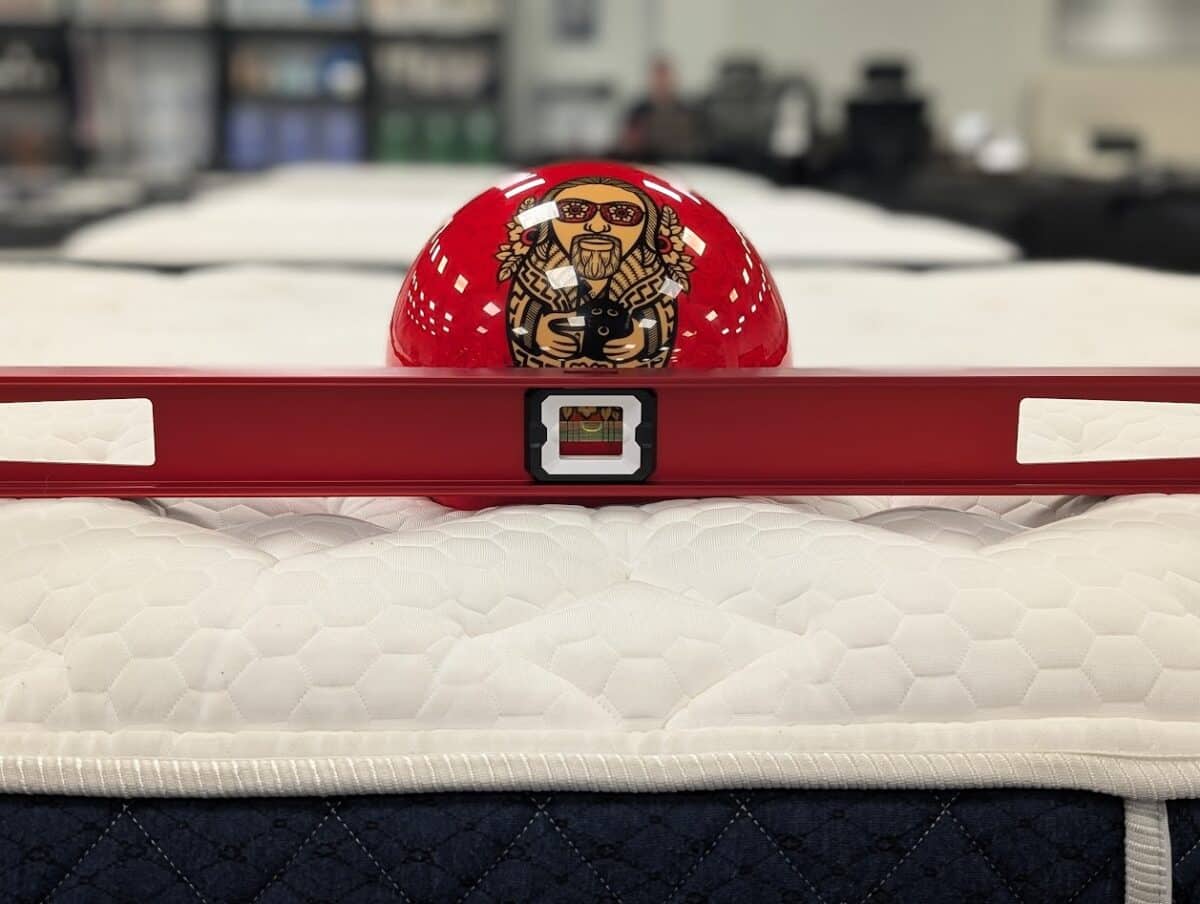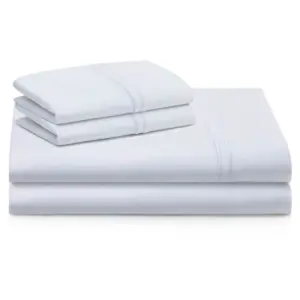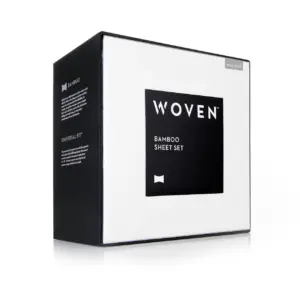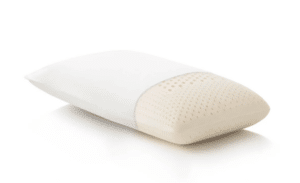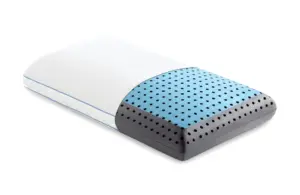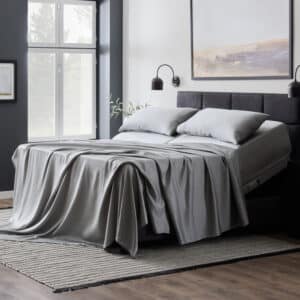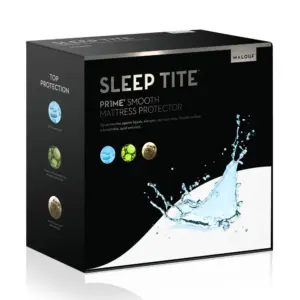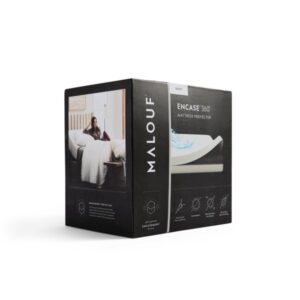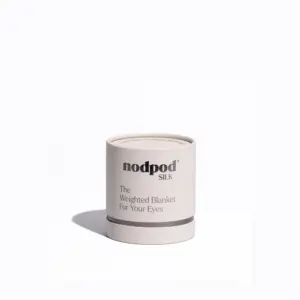In the vast expanse of human history, no invention has been more intimately linked to our daily lives than the humble mattress. The evolution of the mattress has shaped not just how we sleep, but how we live, work, and interact with one another. One notable period in this evolution is the 1980s—a decade marked by significant change and advancement in the mattress industry. Let’s venture back to this time of neon colors and synth-pop to explore the crucial transformations in mattress technology, materials, and marketing.
Rising Foam Tides: Memory Foam’s Entry into the Market
One of the most substantial changes to the mattress industry in the 80s was the introduction of memory foam, developed by NASA in the 1970s for aircraft cushions. However, it wasn’t until the 1980s that the technology found its way into our bedrooms.
The company leading the charge was Tempur-Pedic, who licensed the foam technology from NASA in the early 1980s. The so-called “Tempur Foam” was marketed as a revolution in comfort and support, uniquely contouring to the body and offering unprecedented pressure relief. However, memory foam mattresses were prohibitively expensive at first, limiting their accessibility to most consumers throughout the decade.
A Bounce in Every Bedroom: The Waterbed Phenomenon
Perhaps no other piece of 80s furniture is as symbolic as the waterbed. Originally conceived in the late 60s by Charles Hall as a project for his master’s degree in design, waterbeds reached their peak popularity in the 1980s, comprising about 20% of the mattress market. These buoyant beds were seen as modern, even slightly rebellious, a distinctive blend of comfort and counterculture.
However, as time went on, the impracticalities of waterbeds became apparent. They were heavy, difficult to move, and prone to leaks. Moreover, the water’s constant motion could lead to sleep disruptions, contrary to Hall’s original intentions. By the end of the 80s, the waterbed fad began to wane, overtaken by emerging mattress technologies.
Marketing for the Masses: Strategic Branding in the Mattress Industry
A key aspect of the 1980s mattress industry was the increased focus on marketing and branding. Sealy’s “Proud Supporter of You” and Serta’s “We Make the World’s Best Mattress” campaigns reflected the decade’s spirit—catchy, bold, and consumer-focused. Mattress firms understood that they weren’t just selling a product; they were selling the promise of a better night’s sleep and improved well-being.
In the 80s, retailers also began bundling mattresses and box springs into a single purchase, branded as a “sleep system” or “bed set.” This practice, now a norm, was an innovative sales technique back then.
Regulation and Standardization: Setting the Industry’s Safety Standards
The 1980s also saw a significant move towards improved safety standards in the mattress industry. The United States Consumer Product Safety Commission (CPSC) issued regulations in 1987 requiring all mattresses to meet flammability standards. These measures, while seemingly commonplace now, greatly enhanced consumer safety, setting the stage for more stringent regulations to follow in subsequent decades.
The Art of Sleep Science: Research & Consumer Awareness
Research into sleep science became increasingly popular during the 80s, changing the way mattresses were marketed and sold. The public was becoming more educated about the importance of quality sleep, and companies responded accordingly. They started to promote features such as ergonomics, body contouring, and pressure relief, rather than simply
In the mid-80s, research began to shed light on conditions like sleep apnea and insomnia, sparking conversations about how mattresses could impact these issues. This newfound emphasis on health and sleep quality also marked the initial steps towards the creation of custom mattresses, designed to cater to specific health requirements.
The Rise of King-Sized Comfort: Size Does Matter
The 1980s saw an interesting shift in consumer preferences towards larger mattress sizes. The introduction of the king and queen-sized mattresses signaled a departure from the previously standard double bed, a change inspired by the burgeoning sense of individualism and personal space in society.
This expansion in mattress dimensions wasn’t merely a passing trend; it reflected the growing desire for personal comfort and luxury in the domestic sphere. The king-size mattress became synonymous with opulence and comfort, fostering a sense of the bedroom as a private sanctuary rather than a mere functional space.
In Conclusion: A Decade of Transformation
The 1980s was undoubtedly a period of tremendous change for the mattress industry. From the advent of memory foam and the rise and fall of waterbeds, to the new focus on marketing and branding, and the increased awareness of sleep science, these shifts had a profound impact on how we perceive and value our sleep.
The heightened emphasis on safety and health, the drive for personal comfort and luxury, and the remarkable innovations in technology have continued to shape the mattress industry well into the 21st century. Even as we now slumber on smart beds and eco-friendly mattresses, the echoes of the 1980s still reverberate in the bedrooms of today, reminding us of a decade that forever transformed the way we sleep.
Fostering Entrepreneurship: Small Business Boom in the Mattress Industry
The shift in societal values during the 80s, which prioritized consumer choice and individualism, gave rise to an unexpected boon in the mattress industry. Small businesses started to spring up nationwide, offering locally-made, custom mattresses that appealed to an increasingly discerning customer base. These local mattress stores served as an alternative to the dominant large manufacturers and tapped into the growing consumer appetite for specialized, personal products.
Mattresses as Status Symbols: The Luxury Market Emerges
As the decade progressed, mattresses started to be viewed not merely as utilitarian objects but also as status symbols. Luxury brands, such as Stearns & Foster and Aireloom, gained prominence, offering high-end mattresses that were marketed as the epitome of comfort and sophistication. Crafted with exotic materials like silk and cashmere, these mattresses were priced well beyond the reach of the average consumer, further establishing them as luxury items.
Advancements in Innerspring Technology: Towards Better Support
The 1980s also saw substantial improvements in innerspring technology, which had long been the cornerstone of the mattress industry. Manufacturers started experimenting with various coil configurations to optimize support and comfort. Innovations included the use of individually pocketed springs, which helped to reduce motion transfer and improve body contouring. Despite the introduction of memory foam, innerspring mattresses remained popular throughout the 80s due to their durability and familiarity among consumers.
The Beginning of the End for Flipping: The No-Flip Revolution
In a less celebrated but significant development, the late 80s marked the beginning of the “no-flip” mattress revolution. Until this point, it was standard advice to regularly flip and rotate your mattress to ensure even wear. However, with the advent of new construction methods and materials, manufacturers started to design one-sided mattresses that didn’t require flipping. This convenience appealed to consumers and started a trend that would gain traction in the following decades.
Wrapping Up: The Legacy of the 80s Mattress Industry
In examining the 1980s, it becomes evident that this was a decade of substantial change for the mattress industry. The intersection of technological advancements, changing societal values, increased emphasis on health and safety, and marketing innovations collectively forged a new path for the industry.
The period’s influence extends beyond the introduction of specific products or trends. The 80s fostered an environment that prompted consumers to reassess their relationship with sleep and the tools that facilitate it. The shift in perspective from viewing mattresses as a mere necessity to recognizing them as integral to our health and well-being has forever shaped the trajectory of the industry.
As we lie down on our beds tonight, let’s spare a thought for the 1980s — a decade that redefined the way we sleep and, in doing so, significantly impacted our overall quality of life.

